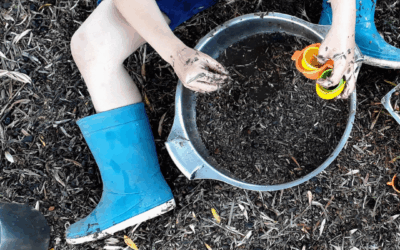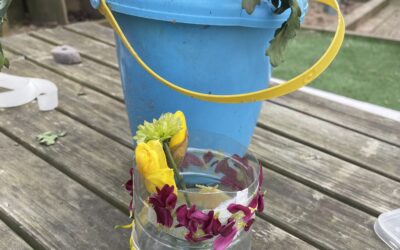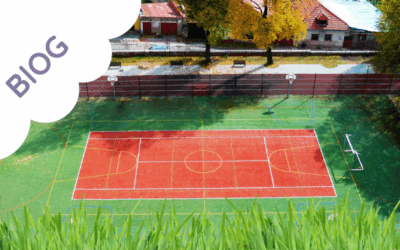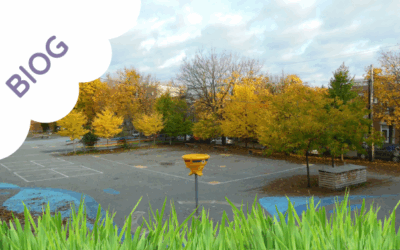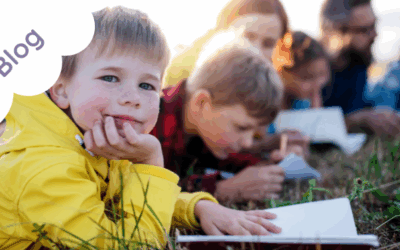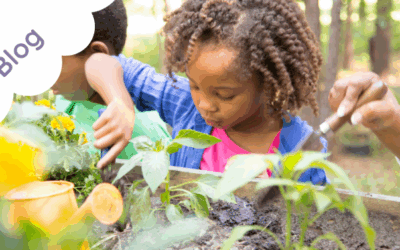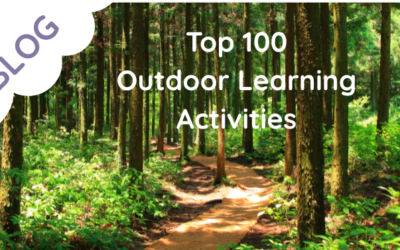For decades, the desk has been the symbol of learning. Neat rows of children sitting still, pencils sharpened, eyes to...
How Outdoor Learning Supports Mental Health and Wellbeing in Children
Jul 9, 2025
In a world where children face rising stress, screen time, and academic pressures, outdoor learning offers a powerful...
10 Easy Outdoor Learning Activities You Can Do Tomorrow
Jul 9, 2025
Looking for simple, engaging ways to take your class or group outside? Outdoor learning doesn’t need expensive...
The Ultimate Guide to Outdoor Learning in EYFS & Primary Schools
Jul 9, 2025
Outdoor learning isn’t just a fun activity—it’s a powerful educational tool that fosters holistic development in...
Fairness Game
May 22, 2025
🟰 Fairness Game: Teaching Children the Power of Playing Fair Teaching children about fairness is one of the most...
Teachers for Teachers ( Questions Answered)
May 22, 2025
👩🏫 Teachers for Teachers: Why Peer-Created Resources Matter More Than Ever In a world of ready-made schemes, digital...
Inch vs CM
May 22, 2025
📏 Inch vs CM: What’s the Difference and How to Convert Whether you’re measuring for a craft, planning a lesson, or...
100 Ways to Plan an Outdoor Lesson
May 17, 2025
100 Ways to Plan an Outdoor Lesson: A Comprehensive Guide for Educators Outdoor learning offers a dynamic approach to...
What Is Outdoor Learning in Schools?
May 17, 2025
What Is Outdoor Learning in Schools? A Comprehensive Guide Outdoor learning is an educational approach that extends...
100 Benefits of Outdoor Learning
May 17, 2025
100 Benefits of Outdoor Learning with the Muddy Puddle Teacher Approach Outdoor learning offers a wealth of advantages...
The Benefits of Outdoor Learning
May 17, 2025
The Benefits of Outdoor Learning: Enhancing Education Through Nature SELF Outdoor learning, often referred to as...
100 Nature Activities KS1: Inspiring Outdoor Learning and Play
May 17, 2025
Nature activities KS1 is a powerful and enriching approach to education in Key Stage 1 (KS1). By taking lessons...
Top 100 EYFS Outdoor Play Ideas
May 17, 2025
Top 100 EYFS Outdoor Play Ideas: A Comprehensive Guide for Early Years Practitioners Outdoor play is a cornerstone of...
Outdoor Learning Ideas Using Ropes for EYFS
May 17, 2025
Outdoor Learning Ideas Using Ropes for EYFS: Engaging Activities to Enhance Development Outdoor learning is a...
Nature’s Classroom: How Outdoor Play Fuels Cognitive Growth
May 6, 2025
What is Outdoor Classroom Day? Celebrated twice a year, Outdoor Classroom Day is fast approaching and on the 8th of...
100 Outdoor Learning Activities for Primary Schools
Apr 23, 2025
100 Outdoor Learning Ideas for Primary Schools and Curious Minds Exploring the outdoors offers endless opportunities...
Top 100 Outdoor Learning Activities
Apr 13, 2025
Outdoor learning is an impactful and joyful way to educate children, helping them build real-world skills through...
Top 10 Outdoor Learning Ideas 2025
Apr 13, 2025
Top 10 Outdoor Learning Ideas 2025 is no longer just a fun break from the classroom—it's a powerful educational tool...
New In

Forest School Story-Linked Lesson Ideas
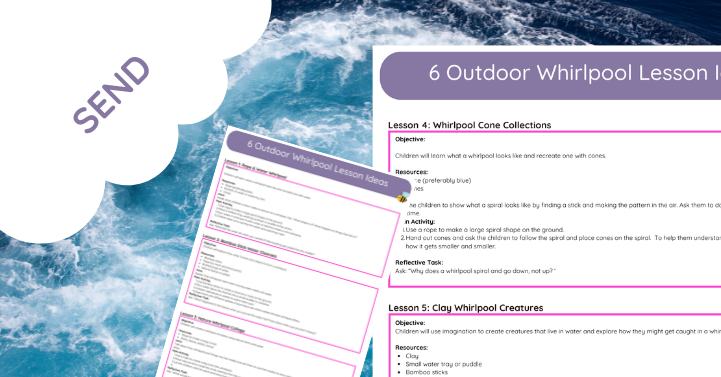
Whirlpool Lesson Ideas – SEND Pack
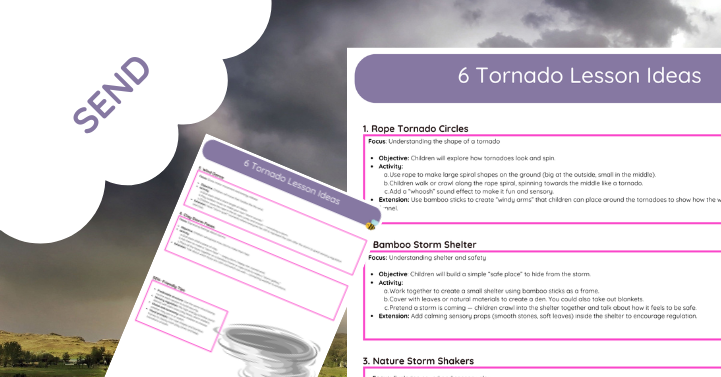
Tornado Lesson Pack for SEND
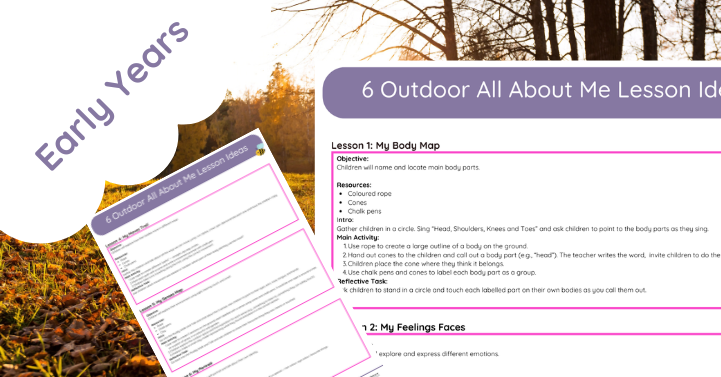
All About Me Lesson Ideas
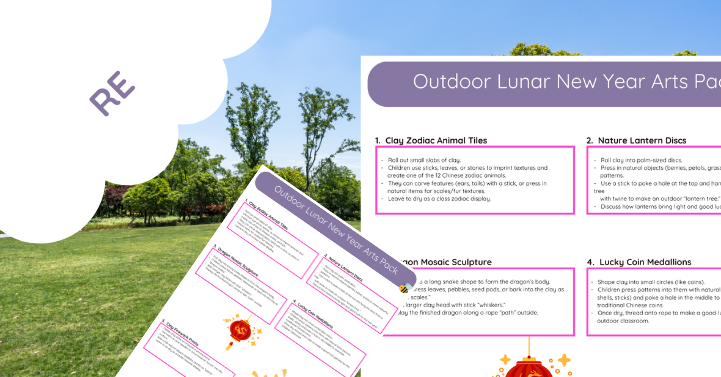
Lunar New Year Outdoor Arts Pack
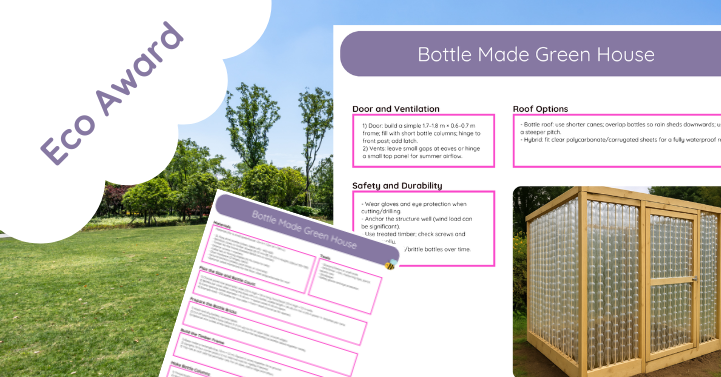
Bottle Greenhouse Instructions
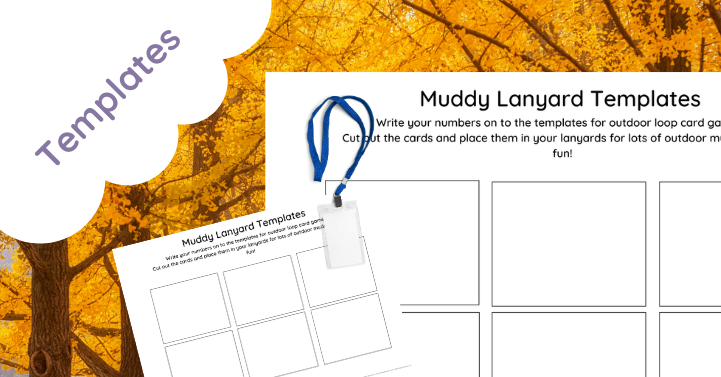
Blank Outdoor Lanyard Template
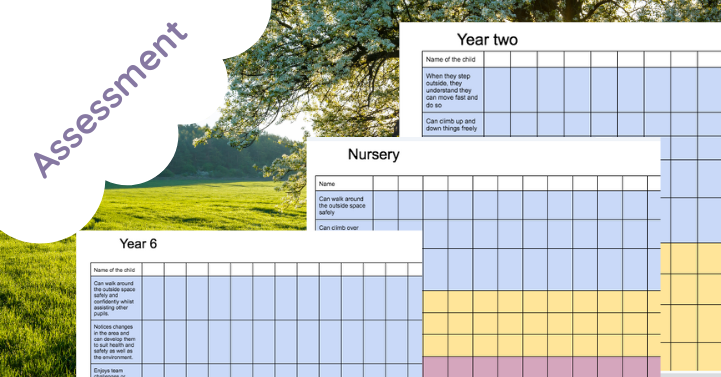
Outdoor Learning Assessment Grid
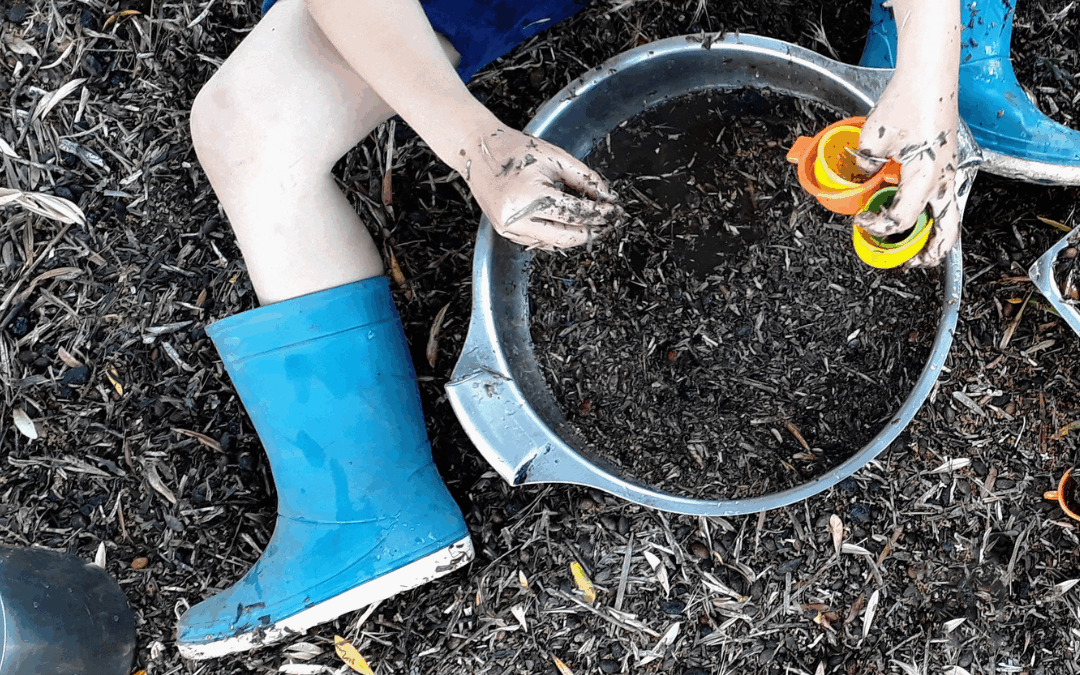
Why Classrooms Need to Evolve : Outdoor Learning KS1



